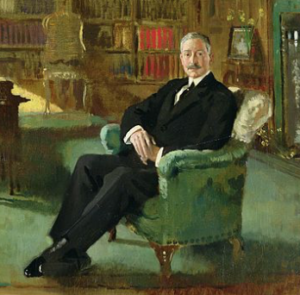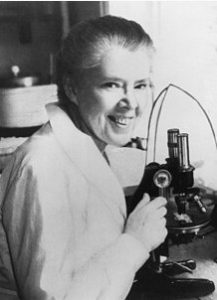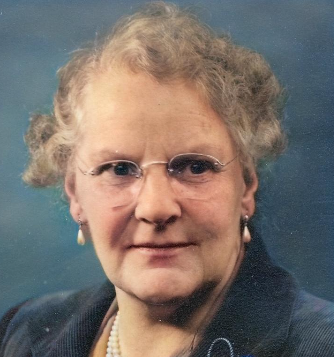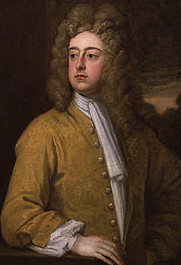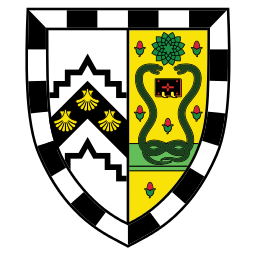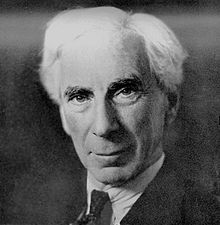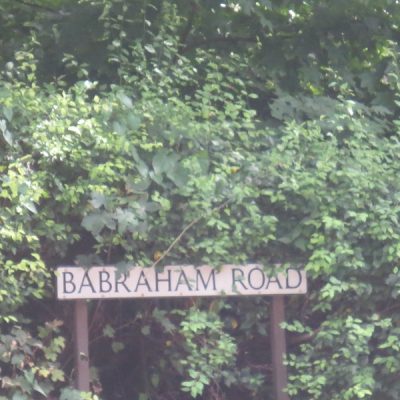Search by topic
- archaeology
- Building of Local Interest
- charity
- church
- crime
- dressmaker
- fire
- Great Eastern Railway
- Listed building
- Mapping Relief
- medieval
- oral history
- poverty
- Public House
- Rattee & Kett
- Religious House
- Roman
- scholar
- school
- Then and Now
- tudor
- women
- work
- world war one
- world war two
Search by text
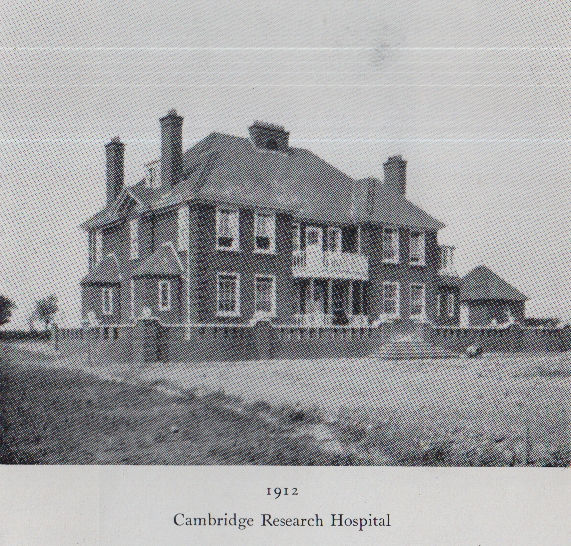 Cambridge Research Laboratory (Strangeways)
Cambridge Research Laboratory (Strangeways)Cambridge Research Hospital / Strangeways Research Laboratory
Notes on the Research Hospital/Strangeways Laboratory
Press 24.5.1912:
The wealth of Cambridge in scientific fields seems to grow almost daily. Today is to be opened the new Cambridge Research Hospital for the study of rheumatoid arthritis. The condition can be one of almost ceaseless pain but it arouses less sympathy and lacks the sentimental element that helps hospitals for children and the consumptive. Success will bring about a greater diminution in human misery than the discovery of a cure of cancer. (Mile Petty Fenland History)
In the First War it was set up as hospital for wounded evacuated officers, in particular Belgian.
1914 8.5 Cam. Ind. Press
CAMBRIDGE RESEARCH HOSPITAL. Gift of an Operating Theatre. Mr. Otto Beit has promised £700 for the erection of an operating theatre in connection with the Cambridge Research Hospital for Rheumatoid Arthritis and Allied Diseases, and has further promised the sum of £100 a year for the next ten years towards the general maintenance of the hospital.
1914 28.8 Cam. Ind. Press
CAMBRIDGE RESEARCH HOSPITAL. Offered for Wounded Officers. The Cambridge Research Hospital h as been offered to the War Office as a completely equipped hospital, with full medical, surgical, and nursing staff for thirty wounded officers! This offer has been made through Mr. Otto Beit who has generously promised to provide funds for the complete equipment and maintenance of the hospital, staff, and patients during period of one year. The War Office have intimated that ‘hey will be glad to avail themselves of this offer should additional hospital accommodation for officers be needed. In meantime the research and the work of the hospital will he carried on as usual.
1914 18.12
THE LATE PROFESSOR Van GEHUCHTEN. Distinguished Belgian Scientist Buried at Cambridge. Professor Van Gehuchten, the famous Belgian scientist, whose death took place at the Research Hospital, Hills-road, following an operation, Thursday, was buried in Newmarket-road Cemetery Monday. Before the burial service a Requiem Mass was sung in the Church of Our Lady and the English Martyrs. A large congregation of University and townspeople attended, with a number of the late Prof. van Gehuchten’s compatriots and colleagues from Louvain.
In an appreciation of the late professor’s life and work, Professor Corin, a personal friend and colleague, writes:
Professor Van Gehuchten, whose death, after a painful illness, both his colleagues and pupils sustain an irreparable loss, was only 53 years old. His scientific work is considerable. At Louvain, where he taught anatomy and neuropathology, he had made special study of the nervous system, and the works he published on the subject had made him renowned throughout the world of learning; his name shines this domain with those of Golgi and Ramon y Cajal.
Prof. Van Gehuchten was adored by his pupils for his clear, accurate teaching, and his colleagues for his extreme amiability and warm, persuasive, inspiring eloquence. His lectures and lessons were veritable treats. At the Belgian Royal Academy of Medicine, of which he was one of the most eminent members, his communications were always listened to with the liveliest interest.
The impious war which has ravaged Belgium so incessantly has not spared M. Van Gehuchten. His home in Louvain, his villa in Middlekerk, have been robbed and burnt. For this reason the Belgian professor, retiring before the invader, took refuge with his family in Cambridge. He was on the point of starting some fresh experiments in research at the Research Hospital when he was attacked by illness. An operation was performed in this same hospital, and just the time when complete recovery seemed only a question of days, heart failure supervened.
To his bereaved family, his colleagues, and his pupils, to all who knew him, and loved and admired him, to the Belgian scientific world, which loses in him one of its most distinguished ornaments, we offer our most sincere sympathy.
Awaiting burial, the body lay at the new mortuary at Addenbrooke’s Hospital, where many Belgians visited it, placing crucifixes and candles about the coffin, and expressing satisfaction at its resting place.
Before the service the bell was tolled once for every year of the life for him for whom the Mass was being sung. The coffin rested in a catafalque covered with a pall of yellow and black satin, placed in the sanctuary between two rows of candelabra, in which burned candles of unrefined wax. Mgr. Scott sang the Mass, Canon Van Hoonacker was deacon, and Father Dievckx was sub-deacon. Father Kay acted as of Master Ceremonies. Others of the clergy present in the sanctuary included Mgr. Barnes, the Rev. J. Kiebooms, and Father Lejeuue. The Mass was in plain chant, sung by as many of the choir as were able to attend. After the service the coffin was carried in a procession to the west door, the choir singing “May the angels lead thee to Paradise.’ The mourners were M. Pierre Gehuchten, who had returned from the trenches just in time to attend the funeral, and M. Paul Gehuchten, sons of the late professor. Others present were the Mayor (Mr. W.L. Raynes), the Vice-Chancellor (Dr. Montagu K. James), Prof. Dejace (President of the Belgian Comite d’Honneur, M. Arthur Bouhoulle (President of the Belgian Executive Committee), and several other Belgian professors, including eight who came from Oxford to pay a last tribute to their compatriot and colleague. Prof. Mott representing the Royal Society ot Medicine, Prof. Thane of theHome Office, the Master of Magdalene (Dr. S. A. Donaldson) the Master of Downing (Prof. Howard Marsh), the Master of Christ’s (Dr. A. E. Shipley), the Registrar (Dr. J. N. Keynes), Dr. W. W. Rouse Ball, Prof. Sims Woodhead, Col. Griffiths, Mr. J. T. Sheppard, and others.
The service at the graveside was conducted by Father Kay. The coffin, which was of polished oak, with brass fittings, bore the following inscription : P. L. A. Van Gehuchten, Professeur a l’Université de Louvain, 20 Avril, 1861. 9 Decembre, 1914.
The only floral tribute was a large wreath from Professor Corin and Sir Clifford Allbutt.
1916 3.11 Cam. Ind. Press
MORE WOUNDED FOR CAMBRIDGE. 132 Officers and Men Arrived Wednesday Night. An ambulance train containing 132 heroes—officers and men—arrived at Cambridge Station Wednesday evening. The train was met by the usual company of Red Cross workers, under the direction of the Rev. C. F. Townley, County Director, and every arrangement for the men’s comfort before their conveyance to hospital was provided. The number included 12 officers, who were taken to the Research Hospital. Of the remainder. 80 were cot cases and 40 sitting up cases, the men being conveyed the 1st Eastern General Hospital. The arrangements at the station were in the hands of Supt. Hargreaves.
1923
Honor Fell was invited by Thomas Strangeways to work at the Strangeways Laboratory. She had been there for only three years when Tom died at the age of 59.
See ‘Cambridge Women – Twelve Portraits’ chapter 11, Joan Mason, 1996.
Information about the Research Hospital / Strangeways can be found here:
http://www.phpc.cam.ac.uk/about-the-dphc/history/strangeways-research-laboratory/
Jess Applin recalled in 2017 how he found a job at Strangeways at the end of the 1950s and stayed there for 13 years.
Audio PlayerMF worked at Strangeways in 2001. His job involved checking the premises were secure at night and over weekends.
“Walking around the old hospital at night was rather creepy; I’m sure I could hear voices often but when I investigated, no one there. Some old roof rooms had a lot of old medical equipment … microscopes in them.
Near the reception was a funeral case of cremated human bones belonging to a long time resident of Strangeways Hospital.”
Contribute
Do you have any information about the people or places in this article? If so, then please let us know using the Contact page or by emailing capturingcambridge@
License
This work is licensed under CC BY-NC-SA 4.0





